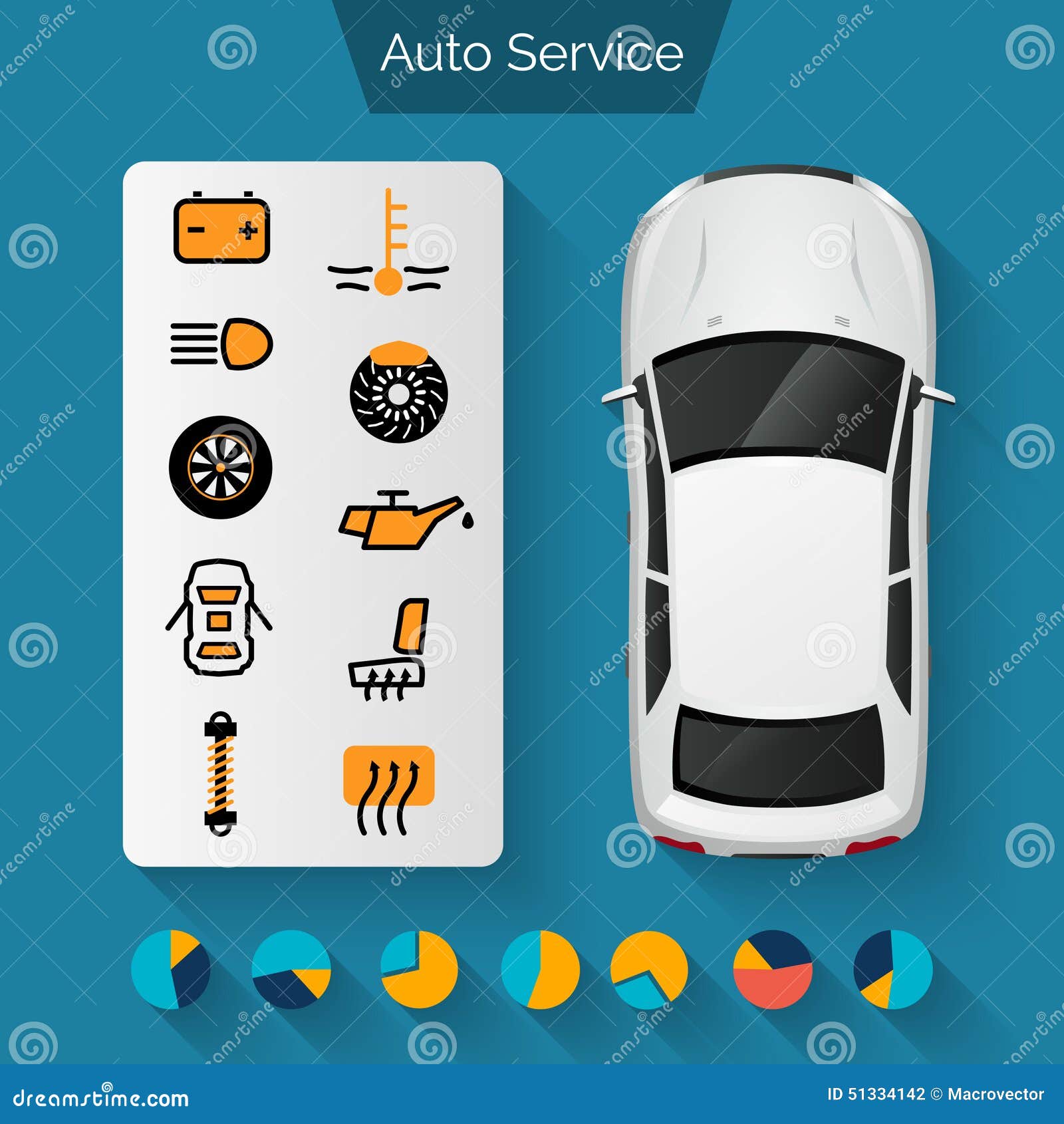Understanding The Most Constant Dashboard Caution Lights And Their Relevance
Understanding The Most Constant Dashboard Caution Lights And Their Relevance
Blog Article
Content By-Houghton Hurst
When you lag the wheel, those dashboard warning lights can be a real mystery. However did you know that understanding them can conserve you from prospective auto problems down the road? From the threatening check engine light to the refined oil pressure warning and the ever-important battery light, each one works as a crucial signal from your vehicle. It's time to clarify these usual control panel cautions and equip on your own with the expertise to navigate the roadway ahead.
Understanding the Inspect Engine Light
When your dashboard lights up with the check engine light, it's important not to panic but to take instant activity. The check engine light works as a caution that your vehicle's onboard diagnostic system has actually spotted a prospective problem with the engine, emissions, or other essential components. Disregarding this light can cause a lot more extreme issues later on, so it's necessary to address it immediately.
To understand the source of the concern activating the check engine light, you can make use of an OBD-II scanner to fetch the particular trouble codes stored in your car's computer system. These codes give useful details that can assist identify the underlying issue.
While some concerns creating the check engine light may be small, such as a loose gas cap, others could suggest more considerable issues that require expert focus.
Decoding the Oil Stress Caution
Upon experiencing the oil stress cautioning light on your control panel, prompt attention is essential. This warning suggests that the oil pressure in your engine may be too reduced, which can cause significant engine damages otherwise attended to promptly. Reduced oil pressure can be brought on by a variety of concerns such as a leakage, a malfunctioning oil pump, or reduced oil degrees. Overlooking this advising light could lead to pricey repair services or perhaps engine failure.
If you see the oil stress alerting light begun, the very first step is to securely pull over sideways of the road and shut off your engine. Examine the oil level utilizing the dipstick and guarantee it's at the advised degree.
If the oil level is low, leading it up with the appropriate oil for your car. If the oil level suffices, do not continue driving and look for help from an auto mechanic to diagnose and deal with the problem promptly. Keep in mind, preserving proper oil stress is essential for the health and wellness and longevity of your engine.
Interpreting the Battery Light
To decipher the value of the battery light on your dashboard, you must understand its critical role in your vehicle's electric system. When the battery light illuminates while you're driving, it indicates that the electrical system isn't receiving enough power from the battery.
This could be because of a stopping working battery, a defective alternator, or concerns with the charging system. Ignoring this cautioning light might cause your car stalling or being unable to start.
If the battery light comes on, it's advised to securely pull over and have your car evaluated by a technician as soon as possible. They can perform diagnostics to pinpoint the hidden issue and protect against a possible malfunction.
Final thought
Since you know exactly how to recognize one of the most usual warning lights on your dashboard and what they indicate, you can resolve any type of prospective concerns quickly. Remember, what is it worth , oil pressure caution, and battery light are all important signs of your automobile's health. Keep educated, remain secure, and maintain your cars and truck running smoothly by paying attention to these indication.
